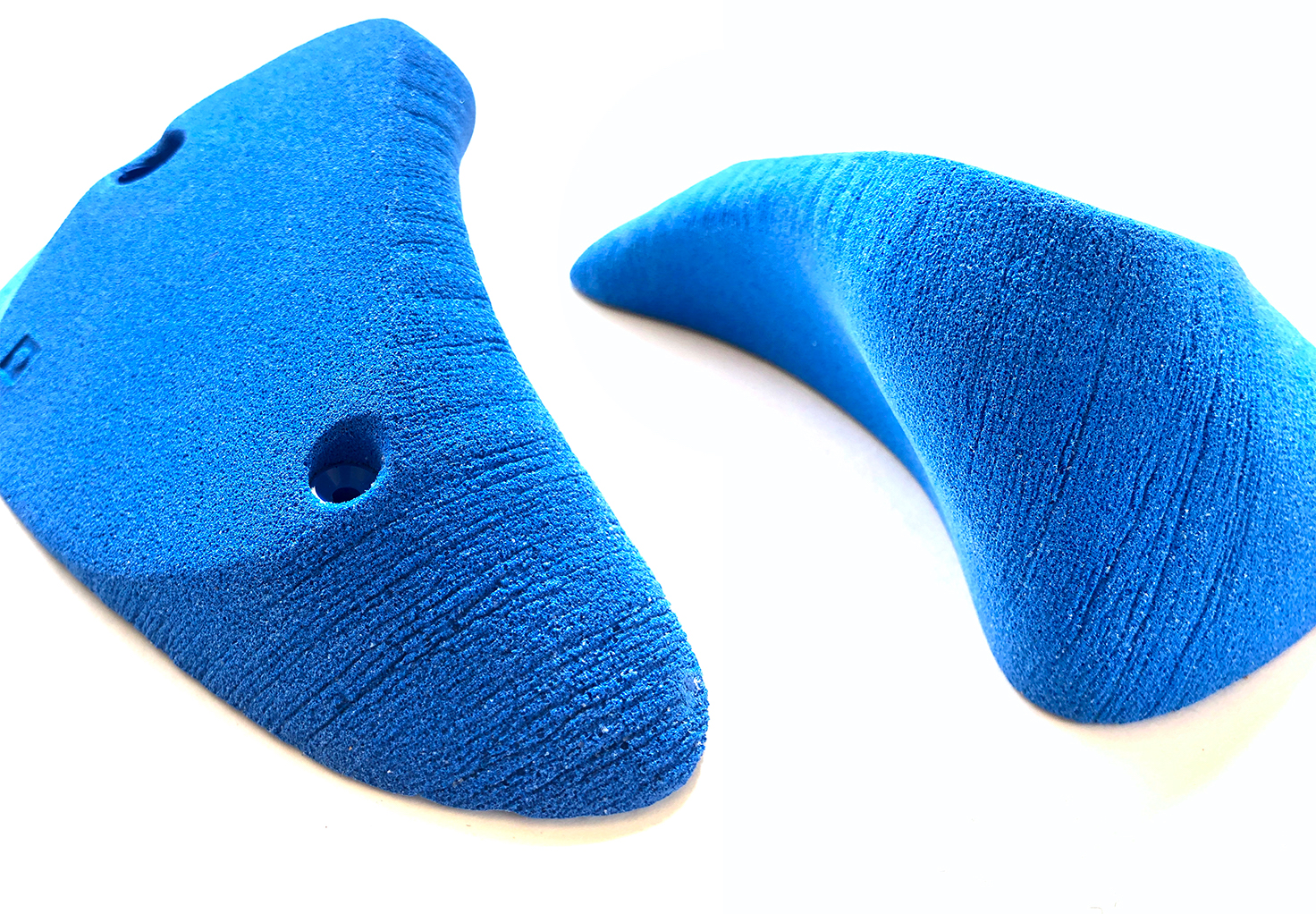ou’ve probably never experienced watching a route-setter work, much less what goes through a setter’s mind during the process of setting. How they think, the voices of in their head, telling him about the holds to choose or the moves to make.
Route setting is a series of choices. What moves to make, which holds to use, and where to put them. Practicing and studying setting is, in essence, learning how to make those choices.
It’s a huge problem when you’re learning how to make choices, but you’ve never seen how and what the actual setters are thinking about when they’re making their choices. I think this is where we end up creating dangerous challenges and setting up the exact opposite of the basics.
VIDEO
So I made a video which is an introduction to what goes through a person’s mind when they set, and what they might be thinking about.
It’s uncut so that the sequence of events can be properly conveyed. I focus on speed so that it doesn’t get too long. If there’s anything you don’t agree with, I’ll support you.
Basics are the objective.
After giving various courses, I’ve realized that route setting is not something you are taught, but something you build yourself. The primary reason is that the knowledge, skills, theories, ideas, subjects and content required for setting are so diverse and complex that no other job can compare to it.
It is impossible to teach each and every one of its diverse elements. So you have to uncover the elements by yourself, understand them and absorb them from a single practice. Moreover, among the various elements, there are hardly any rules or equations that say, “If you do this, this will happen” or “In this case, this will happen. Because there are too many things that change depending on the subject or situation.
Now, the best way to learn such many complex and abstract techniques and theories in a systematic way is to learn the “basics”.
The fundamentals of route setting are not about how to use the impact driver or how to put on a hold. It’s how to choose holds, the mechanics of movement, your ability to grasp your own climbing, and the fundamentals of training. Let’s factor it down to more basic building blocks, so these fundamentals can be learned by anyone in a systematic way.
You can start by using the Shojinhold and try to copy this video completely. You can see what kind of touch you experience when using to select a hold, and what kind of eyes you’re looking for to position the next hold. You can do this with a 40-50 degree wall and Shojinholds.
This will be a simulated experience while using the same holds. There may be no better practice than this.
Practice with this video
Try to copy the flow of this set, how to put on and choose these holds. Let’s pretend to be me, and simulate how I felt and which holds I chose.
If you are still a beginner at practicing the basics, you could copy it all the way down until you can do it without looking at anything. And then try one different hold, or shift the position of one hold. Think about how that changed and make a good note of it.
Once you have some knowledge and experience with the basics, you should value the difference in feeling (between you and me) about the choice of holds and the position to put them on. Then you can thoroughly examine why this is so. If you haven’t noticed it before, you’ll find all kinds of factors.
Holds I used in the video

Hold purchasers receive special offers such as support via email and zoom, and a first-time discount.
